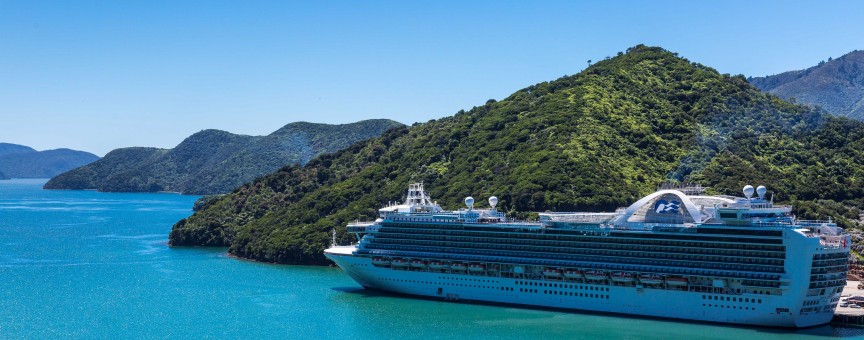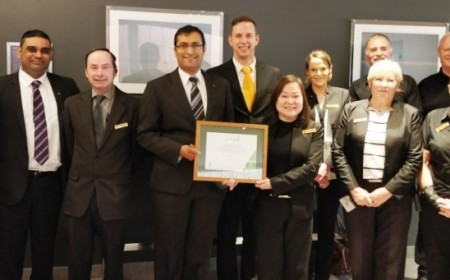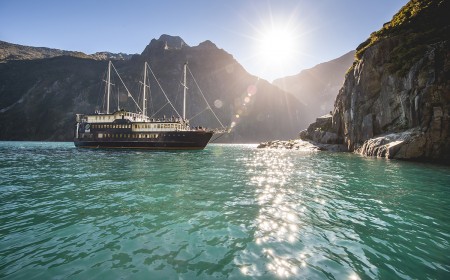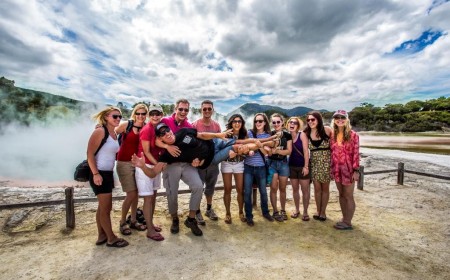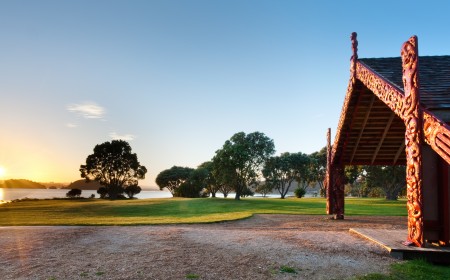Steering the Australasian cruise industry towards sustainability
With the New Zealand cruise industry boasting figures showing cruise ship expenditure jumped by 18.3% to $434 million when compared to last year, the New Zealand cruise ship industry is well positioned to make a difference by taking the lead in sustainability and responsibility.
Working with Australia’s leading cruise organisations, Cruise Lines International Association (CLIA) and Australian Cruise Association (ACA), the New Zealand Cruise Association (NZCA) have released the first Cruise Industry Sustainability Guide in the region to showcase the work being done by the industry to preserve the world’s pristine waterways.
“The cruise industry has become an important part of our tourism economy in New Zealand,” says Kevin O’Sullivan, Chief Executive of New Zealand Cruise Association.
“The New Zealand Cruise Association is pleased to be able to work with ACA and CLIA on this guide for our region as it provides a succinct overview of the considerable work that the cruise industry does to preserve our environment both locally and internationally.”
The initiatives in the Cruise Industry’s Sustainability Guide fall broadly into five categories:
Cleaner Fuel and Reduced Emissions:
The industry has invested heavily in new technologies and cleaner fuels to reduce emissions, with each new generation of ships more eco-friendly than the previous one.
Recycle, Reduce and Reuse:
Cruise ships reuse almost 100 percent of waste generated on board through recycling, donating and converting waste into energy. The industry recycles more than 80,000 tons of plastic, aluminium and glass every year. Cruise lines are also striving to reduce the amount of plastic brought on board through smart sourcing and minimising single-use products such as straws, water bottles and unnecessary packaging materials.
Waste Management Practices:
Cruise lines have established comprehensive procedures in their waste management plans that include the safe and hygienic collection, separation and processing of waste on board including garbage, grey water, sewage, oily residues, sludge oil and bilge water.
Working Together:
The cruise industry is working closely together across this region to help drive these sustainability initiatives. They are also collaborating with a larger global community, including government bodies and independent organisations such as the World Ocean Council and the Great Barrier Reef Marine Park Authority to explore best practice.
Destination Sustainability:
CLIA, ACA and NZCA are working closely with the cruise lines to support their port infrastructure needs.
Kevin O’Sullivan says managing the growth in visitor numbers is high on the agenda for cruise lines and destinations, and is a key part of the Sustainability Guide (as well as the Tourism Sustainability Commitment).
“Consultation and education are being provided regarding how to best ensure the visitor experience is maintained while continuing to provide much needed economic income for the destinations.
“The cruise industry is a leader in visitor dispersal, with regional destinations now providing exciting itinerary additions to attract passengers to new ports on their Australian and New Zealand itineraries. Cruise lines are working with shore excursion operators and the destinations to get the balance right between popular tours and spacing out delivery, broadening the choices that passengers have in port to spread out the impact of cruise tourism.”
The guide will be distributed to the members of each organisation, who in turn are being encouraged to send this out to their broader communities, to increase awareness for the important work being done by the cruise industry as a collaborative effort.
“The Australian Cruise Association is committed to working with the cruise lines, the ports and the destinations recognising the crucial role of connectivity between all parties,” says Jill Abel, Chief Executive Officer of the Australian Cruise Association.
“We want to develop viable short and long-term solutions for a sustainable and exciting future for our industry.”
The full Sustainability Guide and more information can be found here.

